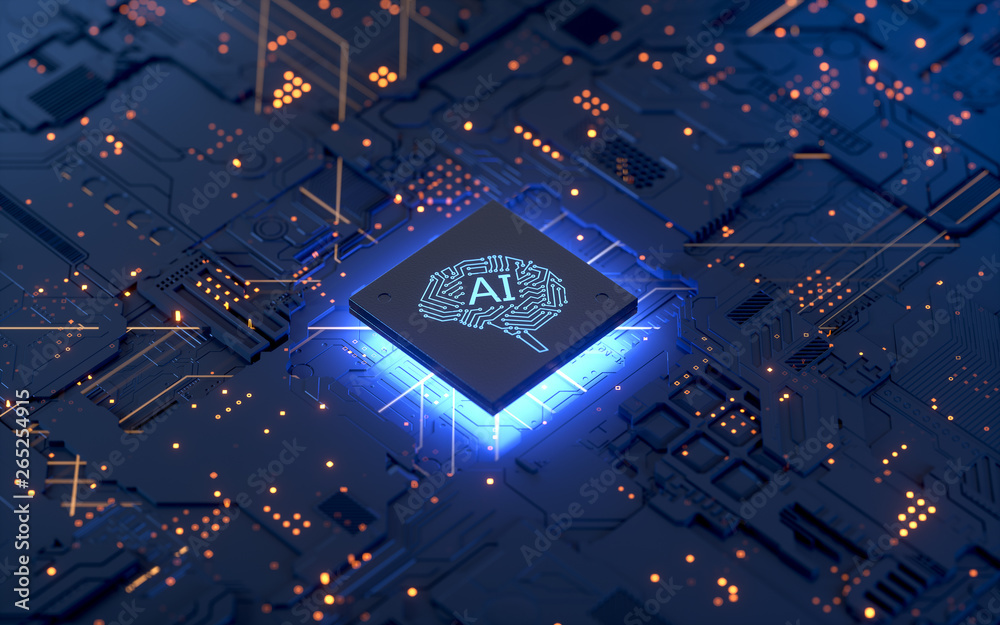Artificial intelligence (AI) has become a critical tool in the fight against cybercrime. However, AI itself can also be vulnerable to attacks, leading to a complex relationship between AI and cybersecurity.
On the one hand, AI can be used to strengthen cybersecurity by detecting and preventing cyber-attacks in real time. AI algorithms can analyze vast amounts of data to identify patterns and anomalies that may indicate a cyber attack, enabling cybersecurity professionals to take proactive measures to prevent an attack from occurring.
AI can also be used to improve the efficiency and effectiveness of cybersecurity processes, such as threat detection and incident response. By automating routine tasks, AI can free up cybersecurity professionals to focus on more complex and strategic activities.
However, AI can also be used by cybercriminals to launch more sophisticated attacks. For example, attackers can use AI to generate convincing phishing emails or to bypass traditional security measures, such as firewalls and intrusion detection systems.
AI can also be used to create “deep fake” images and videos, which can be used to spread disinformation or to impersonate individuals in online interactions.
The use of AI in cybersecurity also raises ethical concerns. For example, some AI algorithms may be biased or discriminatory, leading to unfair or discriminatory treatment of certain individuals or groups.
In addition, AI algorithms can sometimes produce false positives or false negatives, leading to errors or inaccuracies in threat detection and response.
Another concern is the potential for AI to be used as a tool of state-sponsored cyber espionage or cyber warfare. As AI becomes more sophisticated, it may become increasingly difficult to detect and defend against cyber attacks launched by nation-states or other malicious actors.
Furthermore, the rapid pace of technological change means that the future impact of AI on cybersecurity is largely unknown. New vulnerabilities may emerge, and attackers may find new ways to exploit AI technology to launch cyber attacks.
To address these challenges, cybersecurity professionals must stay up-to-date with the latest AI developments and continue to develop new approaches to detect and prevent cyber-attacks.
In addition, a collaboration between AI researchers, cybersecurity professionals, and policymakers is essential to ensure that AI is used responsibly and ethically.
Regulatory frameworks and industry standards can also play a role in ensuring that AI is used securely and transparently, and that the potential risks and benefits of AI are fully understood and managed.
Overall, the relationship between AI and cybersecurity is complex and multifaceted. While AI has the potential to enhance cybersecurity, it also presents new challenges and risks that must be addressed through ongoing research and collaboration.




















